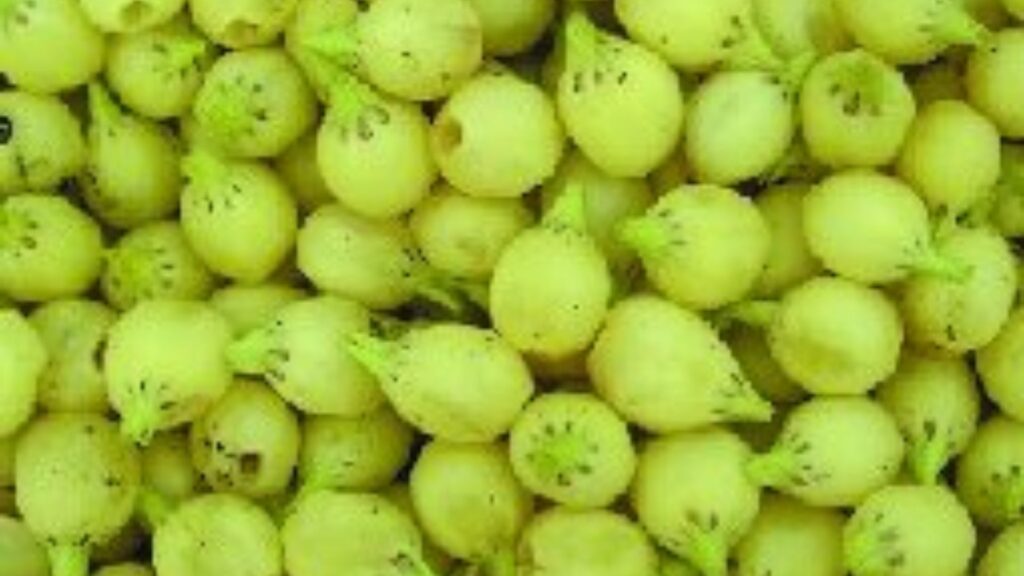In the heart of India’s forests, the Mahua tree (Madhuca longifolia) stands as a symbol of survival, sustenance, and tradition for numerous tribal communities. Revered for both its ecological and economic importance, this deciduous tree plays a pivotal role in the rural landscape.
Rising to heights of 16 to 20 metres, the Mahua tree bursts into bloom between March and April, when its creamy-white flowers blanket the forest floor before dawn. These blossoms, rich in nutrients, are carefully gathered by tribal families who rely on them for both food and income.
The flowers can be consumed raw or dried and stored for later use. Perhaps more famously, they are fermented to create a potent local alcoholic beverage—a traditional brew that not only carries cultural significance but also serves as a crucial source of livelihood.
The value of the Mahua extends beyond human use. Its nocturnal, strong-scented blooms attract bats, which play a key role in pollination and the dispersal of seeds. Wildlife such as sloth bears are also drawn to the tree’s bounty, often foraging for flowers and fruit in competition with human collectors.
Fruit from the tree ripens during the monsoon months of June to August, further enriching the forest ecosystem and providing sustenance to various species.
In a region where forest resources directly impact daily life, the Mahua tree remains a cherished asset—offering food security, economic resilience, and a bridge between people and nature.

